“For conservator C, a workday begins with getting in the same room with a damaged work. Resembling a science lab at first glance, C's workspace is where science overlaps with imagination. It is equipped with a variety of restoration tools and cutting-edge machinery. Behind those walls, C inspects artwork with sharp, trained eyes and upon spotting an irregularity, C immediately starts the procedures to fix the issue. C's day usually starts with concerns about the artworks and by the day's end, C's mind is occupied with new concerns about the issues that weren't addressed that day.”
Like all things in this world, artworks are subject to change. So, the general life cycle model of all living things applies here too. A living thing is born, grows, declines, and dies. The artworks follow the same path except that with the help of a conservator they get a second chance at life. So for art, the cycle goes birth, growth, decline, and rebirth. In contemporary art, this doesn't just stop at giving an artwork some extra years on this Earth: it creates a whole new layer of meaning with regards to the issue of temporality. This exhibition puts the conservator at the center of focus. By following the footsteps of a fictional character, viewers will get to understand the profession of art conservation better.
To vividly showcase the restoration process, actual art pieces from the MMCA's collection will be put on display next to the videos that show the step-by-step restoration processes instead of simplistic ‘before & after' image pairs. Moreover, the new works of participating artists, including Kim Jeesoo, Ryu Hankil, Jong-Duk Woo, Jungho Jung, and JaeBum Joo, will be featured in the exhibition. Each artist took the topic of conservation science and has produced a new work for this show. A conservator engages in several different relations ? artist relations, viewer relations, and relation to the work itself. All these relations were reflected in the exhibition and dispersed throughout the exhibition space. Crossing over the between the real and the fictional, viewers will be able to understand the diverse layers within the profession of art conservation better.
{When C Faces a Wound}
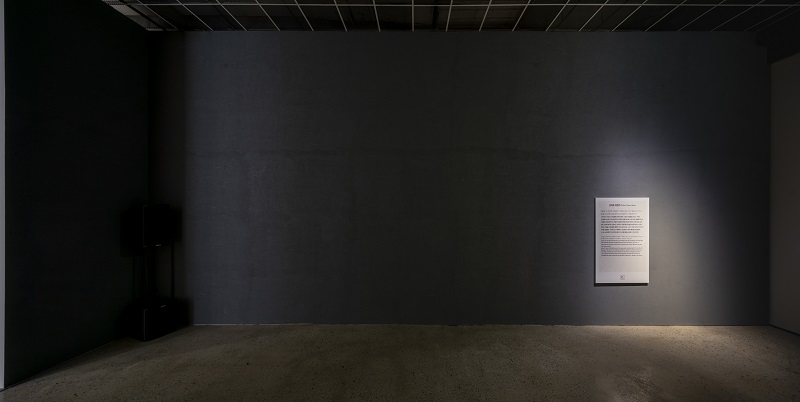
“Every day, conservator C examines the condition of artworks, looking for possible damages with a sharp gaze. And when C finds a damaged part in an artwork, C's mind starts to get busy.”
Usually, we see the works that are in a presentable state. But maintaining that presentable state is heavily indebted to the laborious efforts of the conservators. How does a conservator feel when he or she discovers a damage in an artwork? What goes through their minds, exactly?
{When C Faces a Wound} focuses on the conservator's emotional reaction to an artwork's damages. This section of the exhibition attempts to recreate C's sentiments using sound. The sense of hearing can be more effective than the vision at conveying the theme in a more intuitive way. With all visual stimuli suppressed, it is easier for the viewers to empathize with what a conservator may feel when C discovers a damage on an artwork.
{C's Tools}
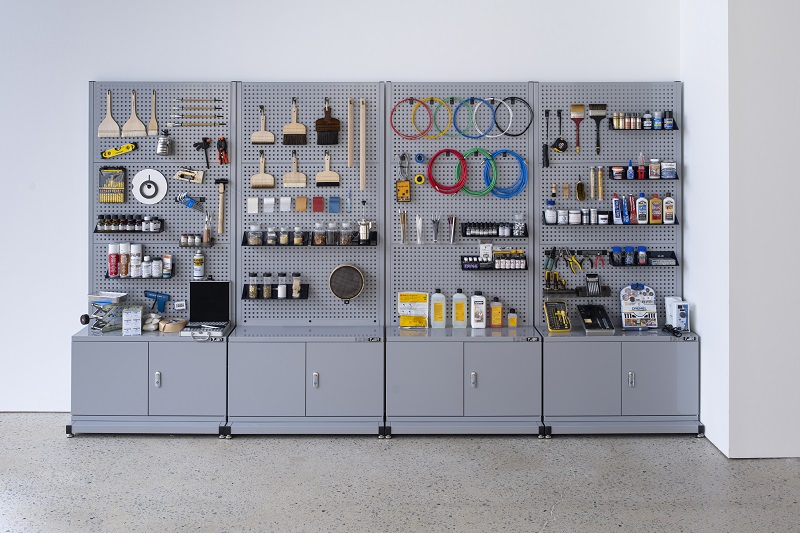
“The conservation science lab is where art’s damages are healed. It is C’s private space and access to it is denied for most people. It is filled with the healer’s tools and state-of-the-art scientific equipment. It is a place where a laboratory’s cool and dry atmosphere meets the warmth of C’s passion for art.”
One key characteristic of contemporary art is its wide range of media. And artists are employing lots of materials that haven’t yet been proven for their durability. Conservators are using various scientific devices to analyze the components of many different pigments to build a database which will help with a better understanding of art materials. Conservators sometimes build age-old appliances for the purpose of recreating ancient ways of art production. They frequently adopt techniques and devices from other industries as well. Whichever tool they use, it is the scientists who command those tools and the tools are the extensions of their hands and eyes. In {C’s Tools}, a wide array of professional tools will be displayed, along with the resulting artworks. The viewers will have a better grasp of how things work inside the conservation labs.
{C Who Accumulates Time}
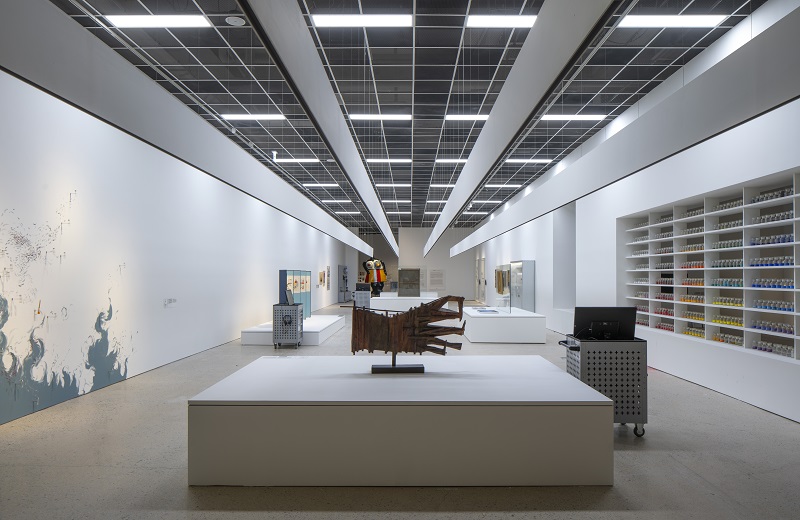
“Conservator C thinks that C's restoration job is like an act of building up invisible time, bit by bit, inside an artwork. Because restoring artwork is to extend the time and to connect the separated bodies of time.”
An artwork inevitably undergoes a change, large or small, over the course of its life. The work that has sustained physical or chemical damage is restored back to its original state in the hands of a conservator. Sometimes the artwork that's been processed may look like nothing has been done to it. But it is quite the contrary. The traces of restoration work remains underneath the impeccable exterior. A conservator continuously intervenes in the natural life cycle of artworks to connect the past and the future and accumulate time within the work. The restoration results and the numerous micro-steps in between are documented and kept in a file for the next conservation expert who may revisit the work in the future. The actual artworks from the MMCA's collection and their conservation logs are put on display in this section. This way, the accumulation of time inside the artworks will be visible for our viewers to see.
{C's Dilemmas}
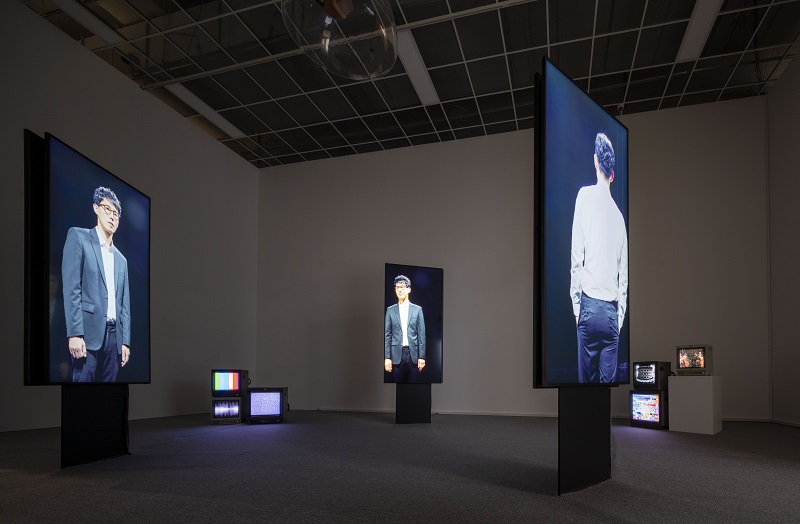
“Where to draw the line? What is the extent of restoration that doesn't breach the boundaries of the work's originality? Should a conservator choose to leave the traces of the restoration job so that the revision history of the work is transparent? Or, should C take a more aggressive approach and revert the work back to the pristine, initial state? C's dilemmas continue, even to this day.”
An artist's intention is an important factor in contemporary art. In extreme cases, an artist's ideas and intentions solely constitute a finished work and the material body doesn't exist. Conservators conduct research and try their best to base their professional judgments on objective data. Sometimes they track the work's history even after they leave the restoration lab since the life of artwork continues after the conservation treatment. In Media Art pieces, it is paramount that a conservator stays up-to-date on current technology in order to safeguard the artists' original ideas and intentions while revising the technical parts of the work.
{C's Study}
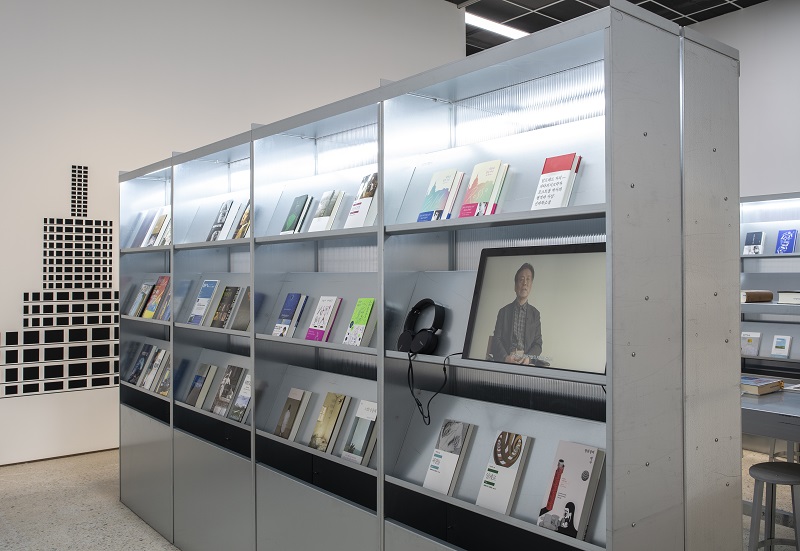
“Conservator C is a scientist first and foremost as C's title suggests. But C is also a divergent thinker with ample knowledge of art history and the sensitivity for art-cultural contexts. Driven by C's sincere thirst for knowledge, C spends yet another day in C's study, reading books on diverse topics, immersed in new and inspiring topics.”
Contemporary art is fluid in nature and is open to all types of media and materials. All conservators who work with contemporary art need to invest constant efforts to keep up with the industry. Since many conservation tasks are conducted using advanced technologies and not rely just on the traditional skills, efforts to find the most optimal method for a given work are critical. C's study is the key place in understanding the depth of the character. Materializing the multifaceted aspects of C's personality ? a man of science and a man of liberal arts? with books and documents, {C's Study} offers viewers a chance to understand C on a deeper level.
